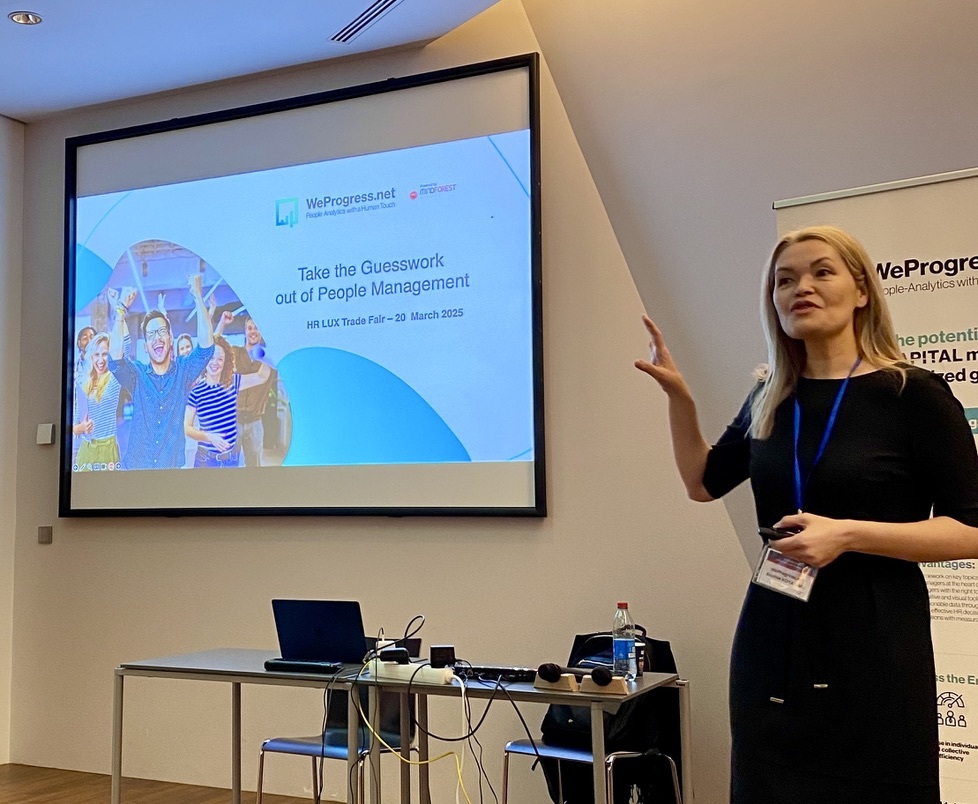Make the most of the crisis to reappraise your strategy!
With the advent of Covid-19, a large part of the economy was slowed down. Some sectors came to an almost complete halt overnight. Some organisations were taken by surprise, others bounced back quickly and some are still wondering about their future.
There is no shortage of examples of companies that have reviewed or adapted their strategic positioning:
While this crisis has been as sudden as it has been disruptive, it can also be seen as an opportunity, as every crisis has the potential for creativity and new possibilities.
"There is no evil from which no good comes"
Voltaire
However, identifying these new opportunities requires the ability to step back, to take the time to reassess. The experience of the pandemic has shown that it is time to your strategic positioning.
Moreover, this unprecedented situation is generating profound changes because of the huge impact it has had on many types of behaviour. Consumer habits have changed.
With people confined to their homes, the digital world opened up more than ever before: online shopping, home delivery, online training, etc. The internal organisation of companies has also been turned upside down: teleworking, staggered working hours, divided teams, video-conference meetings, etc.
In this context, more than ever before the digitalisation offers opportunities to gain a competitive advantage when planning a return to a “New Normal” situation.
It is therefore vital to consider strategic changes now, but above all to fully integrate the digital dimension into any such reflection.
Some useful tools for a strategic repositioning
- Taking a traditional approach
This is the approach proposed by the LCAG model, named after the four Harvard Business School professors who developed the model (Learned, Christensen, Andrews and Guth).
The approach can easily be used to reflect on one’s strategic positioning by questioning the effects of the crisis on internal and external stakeholders.
As far as internal analysis is concerned, the central question to ask is: has the crisis (and in particular the precipitous use of telework) revealed strengths or weaknesses in the different parts of the organisation?
- At management level? How have managers performed? Is this level of management still appropriate? Is it perhaps the right moment to move towards a flatter structure in line with the model of the liberated company, as suggested by Brian M. Carney & Isaac Getz?[1]
- What has the situation revealed in terms of communication or coordination tools?
- Did your company culture allow you to adapt and function well at a distance?
- Have you seen new practices emerge thanks to the homeworking experience that could lead to greater efficiency?
- Would it be possible to anchor these positive changes in the functioning of the teams on a long-term basis?
With respect to the external environment, the same type of questioning can be carried out:
- What has changed in terms of your competition? Which competitors have done well? Why did this happen?
- What has changed in terms of consumer behaviour? Are there any lasting changes you need to take into consideration?
- Is it possible to identify new partnerships to complement your offer or better serve your customers? (see the example of Marks and Spencer with Deliveroo).
On the basis of these reflections, new strengths and weaknesses and new threats and opportunities will emerge.
You can afterwards develop different scenarios linked to a strategic repositioning.
These scenarios will have to be analysed and evaluated based on the company’s level of digital maturity, the risks and the constraints they may pose (financial, technical, human, etc.) with regard to their implementation.
Finally, the selected scenario will be subject to a redeployment plan:
- What changes will occur when your business activity is fully restarted?
- Who will be in charge of what?
- What is the timeframe for implementing each identified project?
- A more disruptive approach
The Blue Ocean Strategy approach offers an alternative method. Its creators W. Chan Kim and Renée Mauborgne are two researchers at the European Institute of Business Administration (INSEAD).
The Blue Ocean Strategy is a metaphorical approach that proposes to get away from the “Red Ocean” logic. The Red Ocean represents a closed competitive space where all market players covet the same clientele, with the same products. Red symbolises the colour of blood, of confrontation, in these closed spaces where the sharks (i.e., the competitors) devour each other. The Blue Ocean Strategy suggests taking the opposite approach by thinking differently; it symbolises the vast scope of possibilities.
Rather than wooing an existing market, this approach proposes the creation of a new strategic space. It is not about targeting existing demand but about trying to create new demand. Finally, it is about trying to both reduce costs and create greater customer value (by combining a cost dominant strategy with a differentiation strategy).
In order to gain the maximum benefit from this approach in terms of strategic change and digital integration, you need to ask yourself several questions:
Can the use of digital technology allow you to reduce your costs?
Can the use of digital technology contribute to reducing travel by integrating the possibility of remote exchanges and collaboration with your customers, for example.
Can digital technology enable you to reduce infrastructure costs? By using teleworking more systematically, for example, and thus reducing your infrastructure requirements.
Can the use of digital technology enable you to create more added value for your customers?
Let us take the field of consulting as an example. The physical presence of the consultant on site has always been regarded as an established competitive criterion in this sector. But what is most important to clients in the end? Is it the physical presence of the consultant on the premises? Or is the added value not far more about having someone who is reactive, available and capable of providing advice and running their project successfully? Could all this be equally facilitated by using digital technology once a relationship of trust has been established?
Can the use of digital technology enable you to expand the circle of your current clients? To Create new demands?
What could the development of a digital service offer look like in your sector of activity?
When still considering the consulting field, could a digital offer (webinars, online training, online workshops, etc.) constitute an option to go beyond the existing circle of physical clients and thus expand your client base?
The above-mentioned examples show how digital and Blue Ocean strategy can be linked and could lead to different strategic repositioning scenarios.
This crisis constitutes a unique opportunity to rethink your strategy, reflect on your future positioning and launch a digital transformation project.
Various tools are available to guide you through this process; the choice of approach must be made according to the means available and also depending on your ability to use strategic analysis tools – defining a true Blue Ocean Strategy requires a lot of expertise and means and can take several months).
However, even without wanting to launch into disruptive approaches, the models presented can be useful to ensure that the right questions are asked, thus achieving better digital integration and satisfying a wider circle of customers, whilst simultaneously reducing costs and remaining competitive.
WANT TO DEFINE OR REDEFINE YOUR STRATEGIC POSITIONING?
[1] Freedom, Inc: How corporate liberation unleashes employee potential and business performance (Brian M. Carney & Isaac Getz, 26/01/2016)
WANT TO RECEIVE OUR LATEST THOUGHT LEADERSHIP CONTENT?
Related posts
 Take the Guesswork out of People Management
Take the Guesswork out of People Management
 From processes to people: achieving quality
From processes to people: achieving quality
 Daring to lead Positive Transformation: What if Positive Emotional Capital was your key to sustainable change?
Daring to lead Positive Transformation: What if Positive Emotional Capital was your key to sustainable change?
 Why hire Change management professionals? We can do it alone!
Why hire Change management professionals? We can do it alone!
 Digital Transformation and Change Management: Lessons shared in an event hosted by Cebi and MindForest
Digital Transformation and Change Management: Lessons shared in an event hosted by Cebi and MindForest



